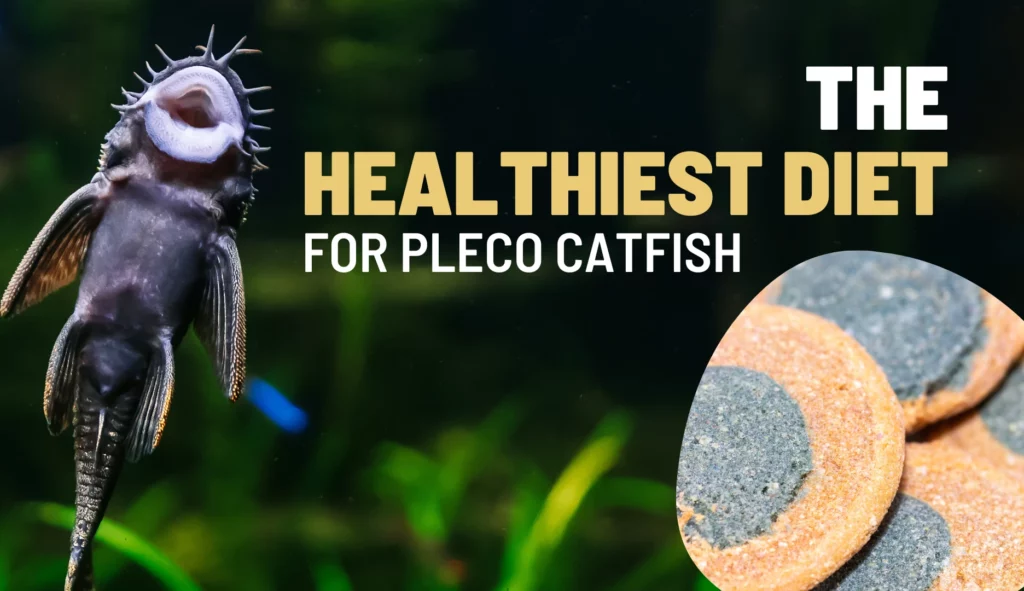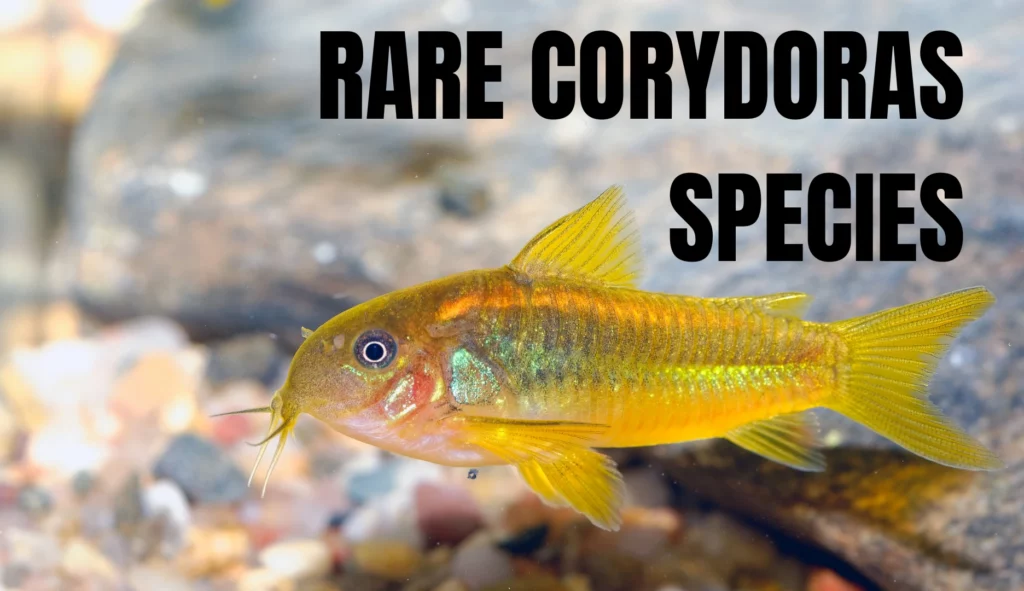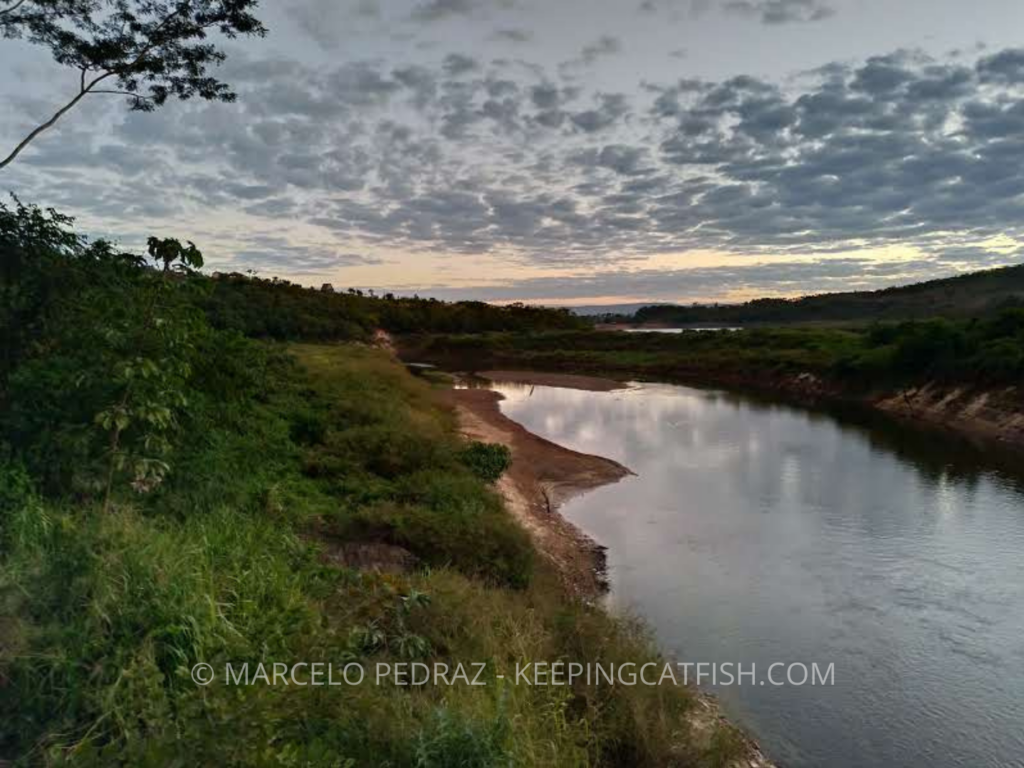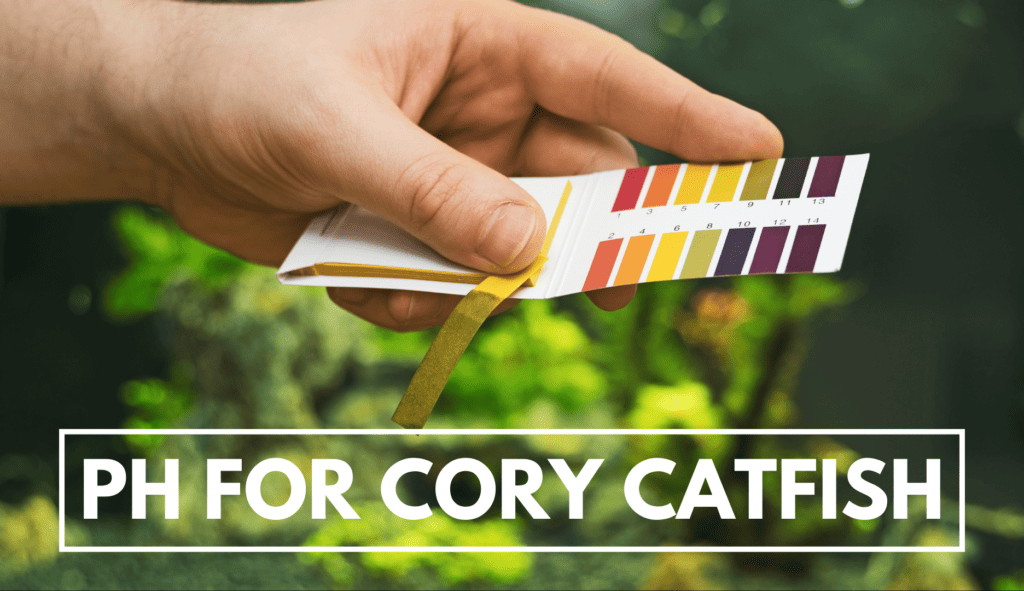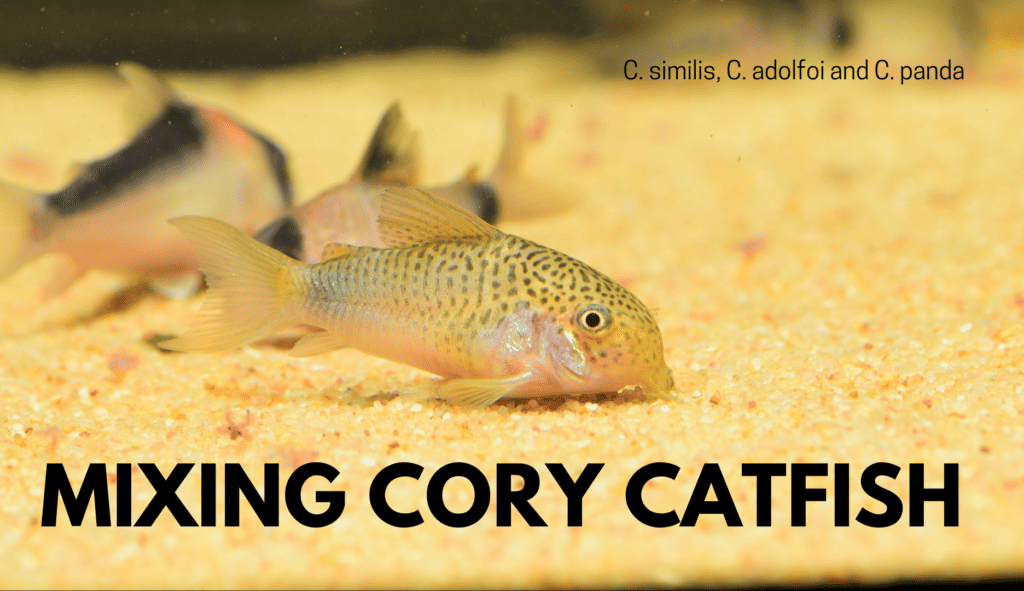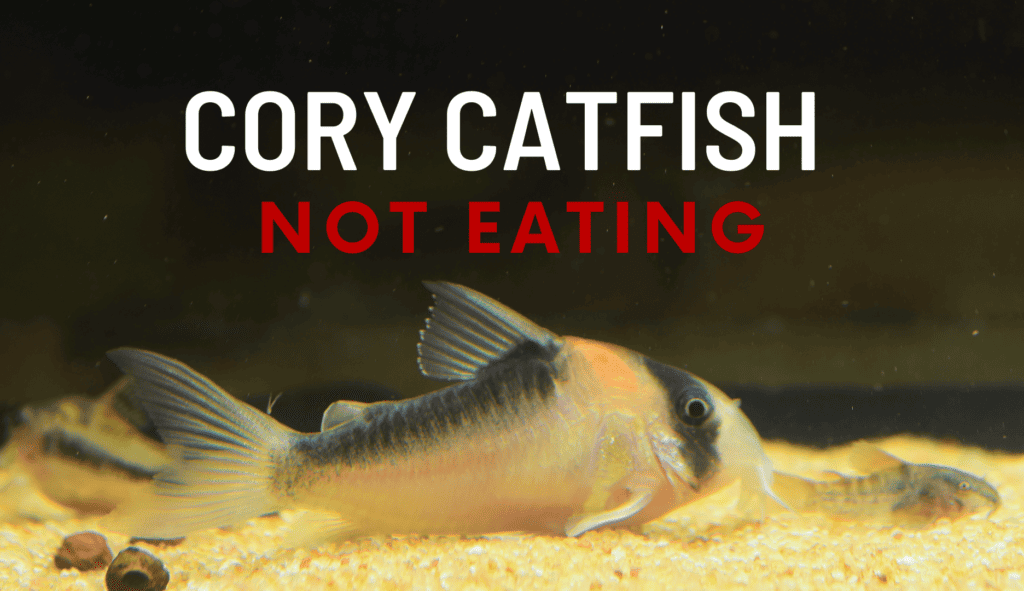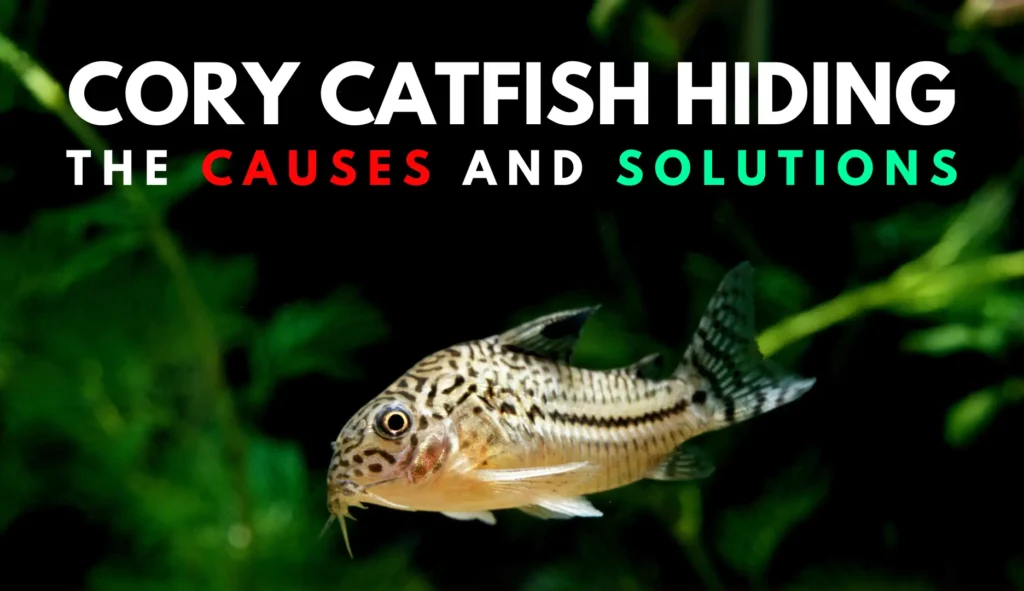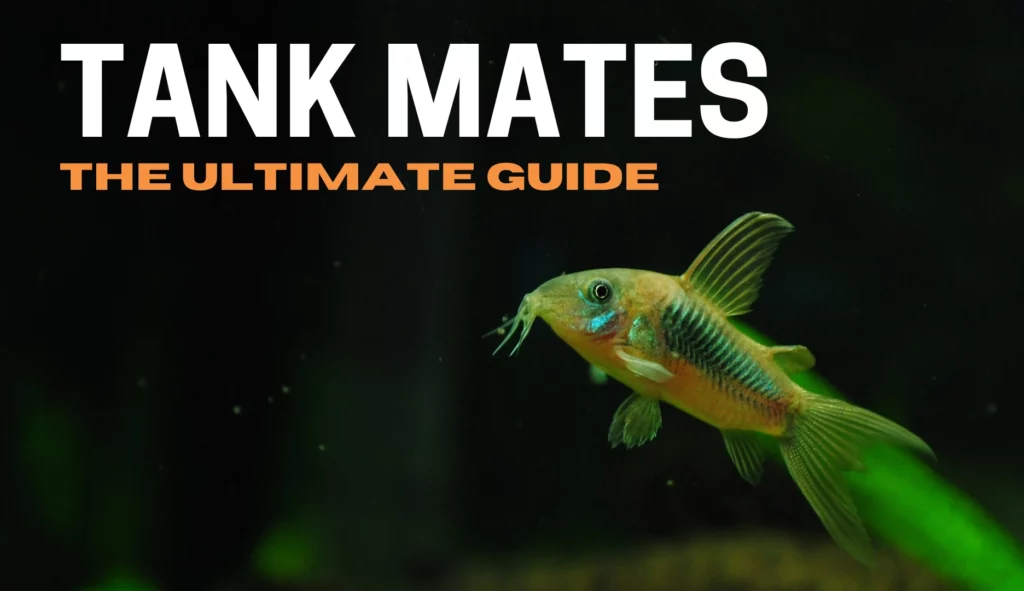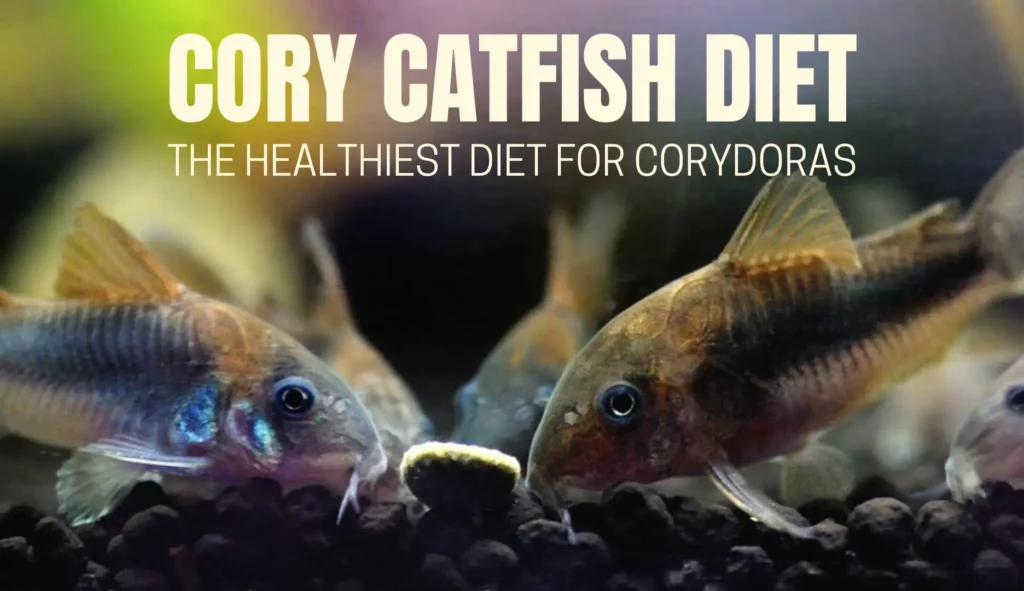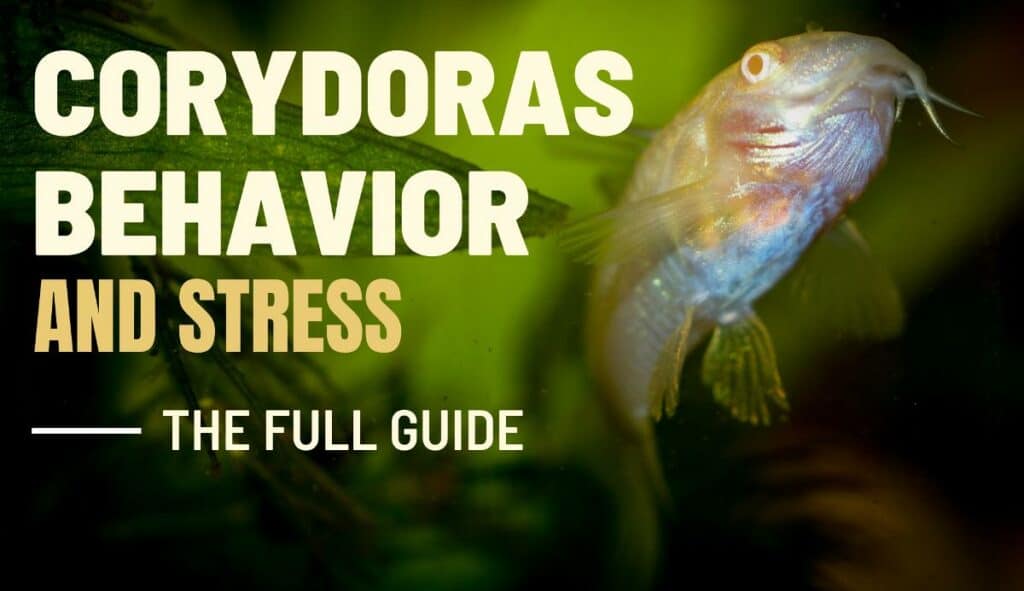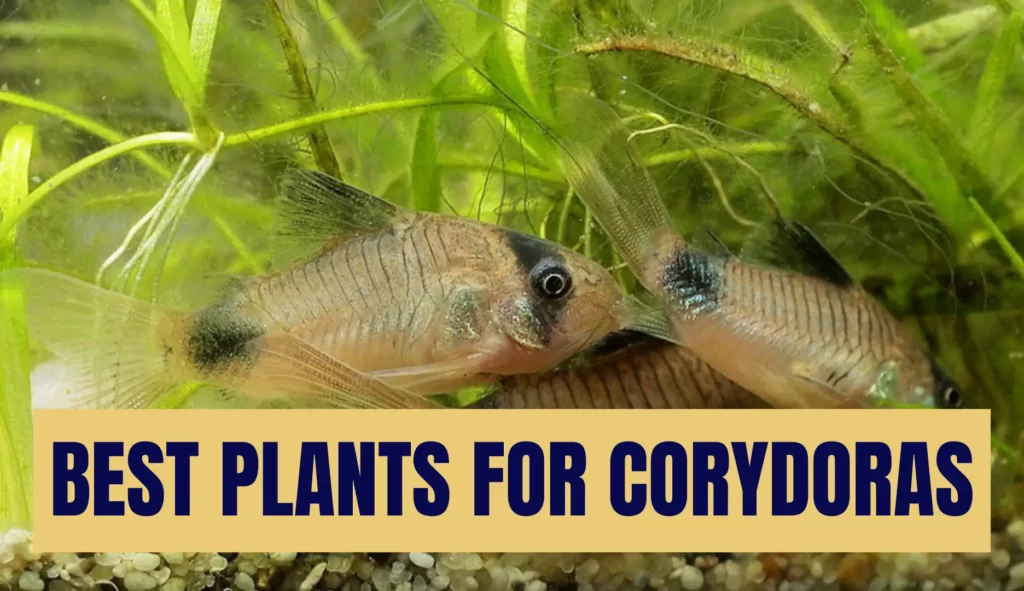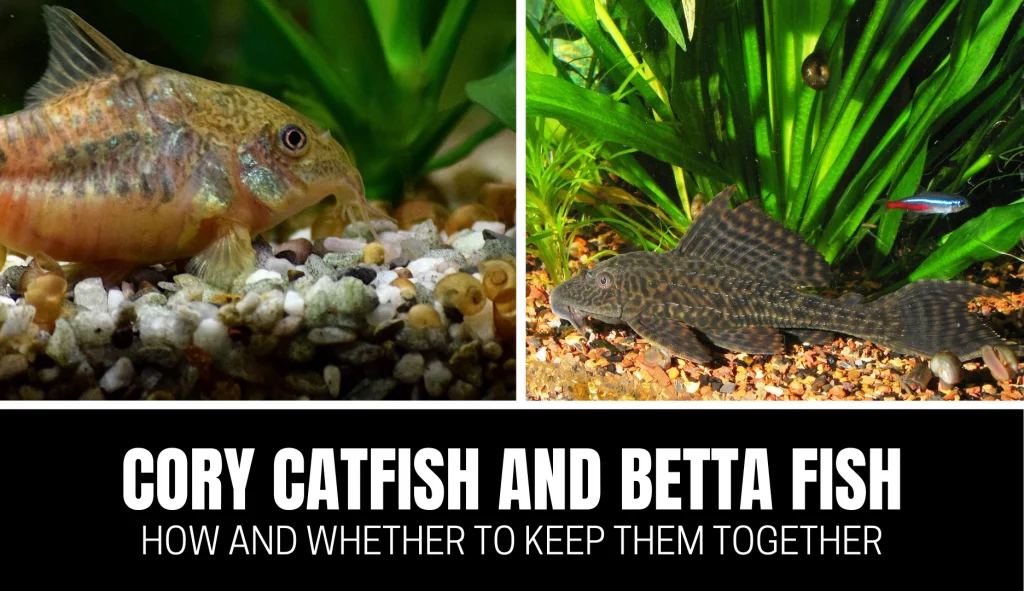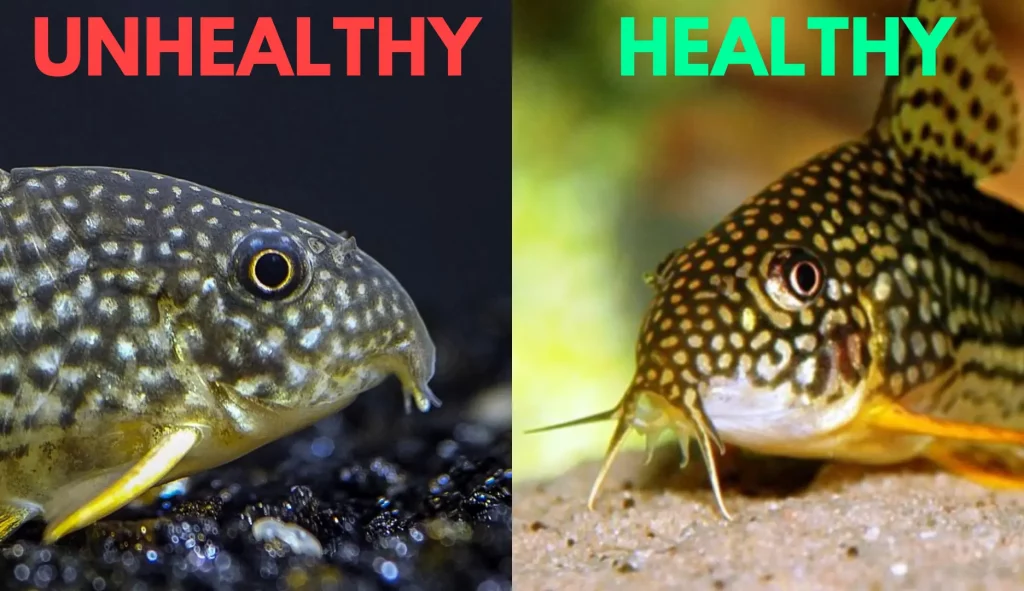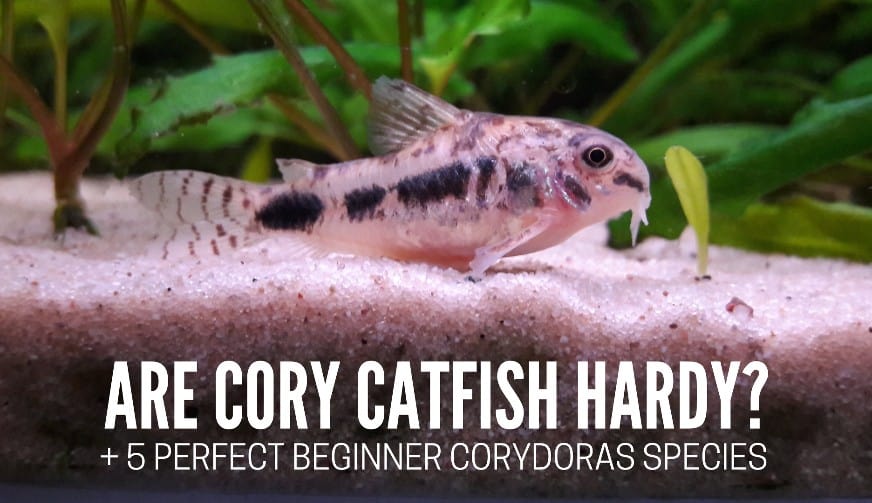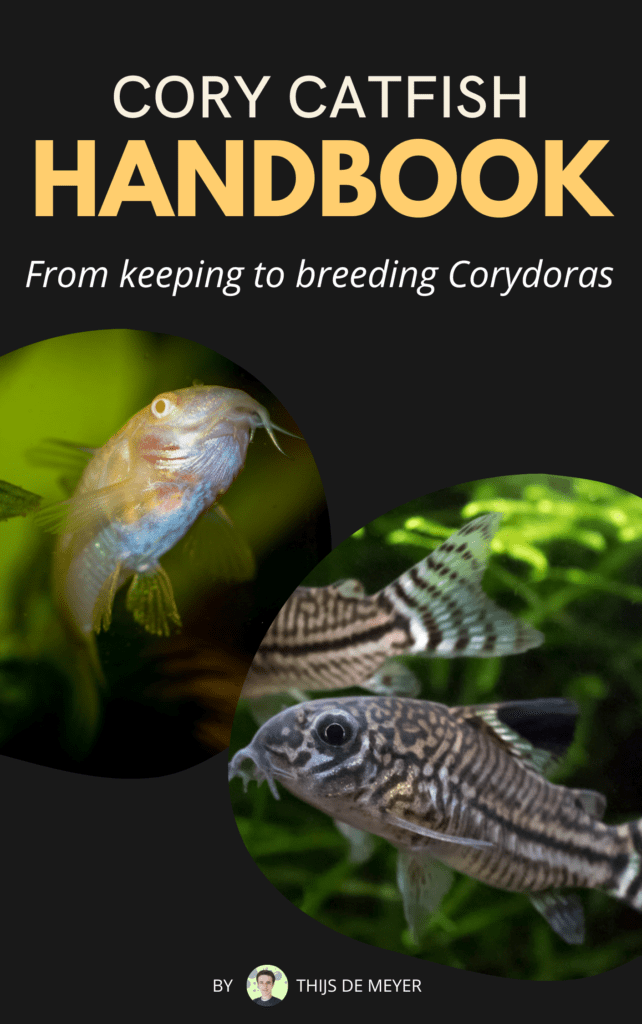If you like pleco fish, you know that different species have different eating habits. Many aquarists struggle to find the best way to feed these fish, which can lead to problems and illnesses.
This article will talk about how to provide your pleco with the healthiest diet possible.
The importance of a varied diet for plecos
Ensuring a balanced and varied diet for plecos is vital in keeping these animals healthy.
Being complex living beings, plecos require several nutrients to keep their body functioning properly and their health up to date.
Understanding the importance of a proper diet for these fish helps us understand their nutritional needs and how we can efficiently meet them.
Diverse Nutrients for Optimal Health
From a technical point of view, we can say that commercial foods have all the nutrients in the ideal amount for the fish to be nourished, meaning that high-quality pet food specifically for the pleco you keep will meet all their dietary needs.
In practice, we know that it works differently. The greater the variety of foods, the more showy and with behavior close to natural are the plecos.
The group of fish known as plecos comprises fish included in the Loricariidae family. This group is so diverse that different species have different food preferences.
Plecos develop their eating habits concerning where they live. These fish exploit a variety of foods with diverse origins, and their anatomy is tailored towards certain types of food.
We must know which species we keep to offer the appropriate food. It is best to replicate the diversified diet these plecos find in nature, ensuring they remain healthy and nourished.
Preventing deficiencies in diet
A diet based on only one food can lead to nutritional deficiencies in pleco fish, and a wrong diet can cause many health problems, even death.
Vitamins and amino acids outside the ideal amount can weaken the fish’s immune system, making it more susceptible to diseases and even leading to some syndrome or premature death. Mineral deficiencies directly affect growth and development as well as water quality.
Herbivorous fish may not digest certain proteins of animal origin, leading to a poor diet and possible intestinal problems.
Offer a varied diet, using foods that are in harmony with the fish’s habits and digestive system.
Natural behavior
Promotes healthy coloration and vitality
The health of the plecos and the well-being practiced by the varied diet affects the shape of its body and its coloration.
Some foods are rich in natural dyes, such as carotenoids, which incredibly enhance the natural colors of fish. The body change is up to the fish to remain healthy and within the correct weight.
Omnivorous plecos & their diet
Omnivorous plecos have the most diverse diet, feeding on plant and animal foods.
Each species will have a greater tendency to consume a certain food group. An example is the Golden Nugget Pleco, an omnivorous pleco with a great tendency to feed on algae.
Omnivorous plecos are easy to feed in captivity, readily accepting different foods. The difficulty lies in dimensioning the diet and correctly offering the proportion of plant foods concerning animal protein.
Some well-known omnivorous plecos include: bristlenose pleco, common pleco and the clown pleco.
How to vary in feeding the omnivorous pleco
Most species of omnivorous plecos (such as Panaqolus and Hypancistrus) are not picky eaters.
Unless there is some specific need (such as high algae content in the case of some Baryancistrus and Hypancistrus, (or the need for driftwood in Panaqolus), we can offer a balanced mix of both types of food.
Using quality foods
Using quality food is always a maxim within an ideal diet. Use dry feeds such as pellets, tabs, and other high-quality bottom feeds suitable for plecos.
The quality of the ingredients explains the price difference between commercial foods.
Let’s use vitamin C as an example. Vit C is an expensive ingredient in feed manufacture. It may represent over 30% of the total cost. Low-cost foods use an inferior source of vitamin C, and falling into the water, this type of Vit C almost instantly loses all its content.
More expensive feeds (high-quality foods) use better quality vitamin C, which takes longer to degrade, being fully utilized by the fish and with no nutrients lost.
When offering fresh foods like vegetables, use those of organic origin and properly sanitize them.
When using live or fresh foods of animal origin, pay attention to where they come from. Many foods are bred or collected in facilities of dubious quality, carrying pathogens.
My absolute favorite food is Repashy. Please scroll down to see a full list of the best foods for plecos.
Herbivorous plecos & their diet
Herbivorous plecos eat an exorbitant amount of food daily and are the most difficult plecos to aquafeed properly in aquariums.
Many of these plecos in the wild have a super-specific diet, with teeth and mouths designed to scrape algae from surfaces or feed on soft algae.
In the aquarium, many of them (like the otociclus catfish) are used as a cleaning crew, keeping the tank algae free. Because they are voracious algae eaters, the algae and biofilm in the tank surfaces run out quickly and, without a proper diet, these fish will suffer.
Feeding herbivorous plecos
The mainstay of the diet of herbivorous plecos is algae. Each species of herbivorous pleco is adapted to feed on a specific type of algae, which is difficult to replicate in aquariums.
To supply this specific diet we must offer a variety of commercial foods composed of different algae (such as spirulina and aufwuchs) supplemented by fresh foods such as cucumbers, zucchini, carrots, nori seaweed, and other vegetables.
When offering fresh food, ensure it is clean and free of chemicals. Some aquarists blanch the vegetables before offering them to the plecos, making the food more tender.
Only keep fresh vegetables in the aquarium during the feeding time. If the plecos show no interest, remove the vegetables after a few minutes.
Algae wafers
A high-quality algae pellet is a great way to provide your pleco with extra nutrients.
Click here for my pick, or buy Repashy foods, which also have great algae based formulas.
Carnivorous plecos & their diet
There are a few species of plecos that are strictly carnivores. Pseudacanthicus and banjos (Bunocephalus sp.) are examples of carnivore species.
Few carnivorous plecos are predators and those that are hunt by ambush. As is the case with banjos, which wait for unsuspecting fish to pass in front of their mouths. Most carnivore plecos feed on larvae, insects, dead fish, mollusks, and crustaceans.
Carnivorous plecos have prominent teeth and are slow-growing fish that often reach large sizes (+ 12 inches).
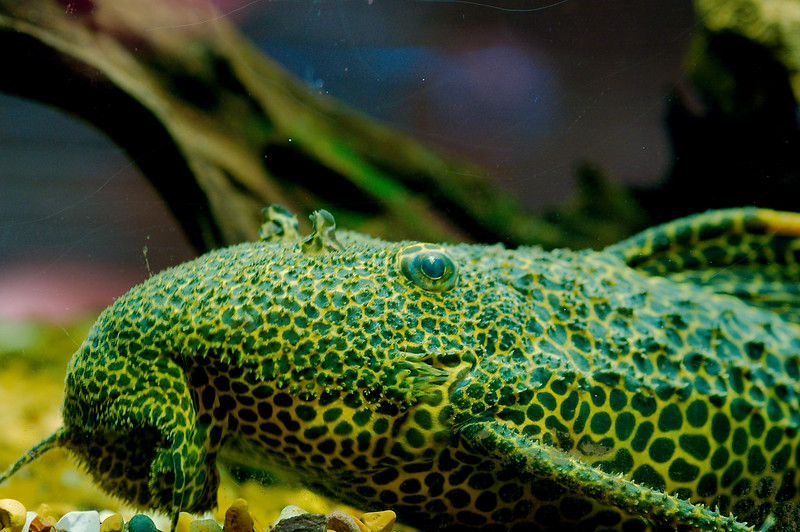
A balanced diet for carnivores
Maintaining a varied diet
Maintaining variety for carnivorous plecos is easy. We find in pet stores a wide range of live or frozen food for fish and reptiles; Plecos quickly accepted several types of these foods.
Use at least one commercial staple food label, alternating with other foods as snacks.
Frozen foods are available such as artemia biomass, tubifex, and mosquito larvae. As long as you know that these foods come from a reliable and clean source, they are essential in the carnivore diet.
Some hobbyists use foods such as chicken, pork, beef, or fish fillet. As much as plecos may accept these foods, they are far from ideal within a plecos diet and should be avoided.
Driftwood in the pleco diet
For years, scientists have tried to understand the feeding mechanism of plecos that consume driftwood. Research shows that microorganisms in the fish digestive trait break the lignin.
These microorganisms are essential for the correct fish metabolism of other ingested foods. Fish of the genus Panaque feed almost exclusively on wood, biofilm, and other foods such as algae.
For herbivorous and omnivorous plecos, they will constantly forage the driftwood so it’s always useful to add a piece to your tank.
Benefits of driftwood
Many aquarists use driftwood to loosen tannins in the aquarium, thus slowly lowering the hardness and pH of the water. As it is porous, its surface will also serve for the fixation of beneficial bacteria, vital to the good health of the aquarium.
In addition to food supplements and water quality, driftwood also offers other benefits to aquarium inhabitants. We can use it to create caves and refuges where plecos often seek shelter and protection. Driftwood also gives the viewer a more natural aesthetic on the tank.
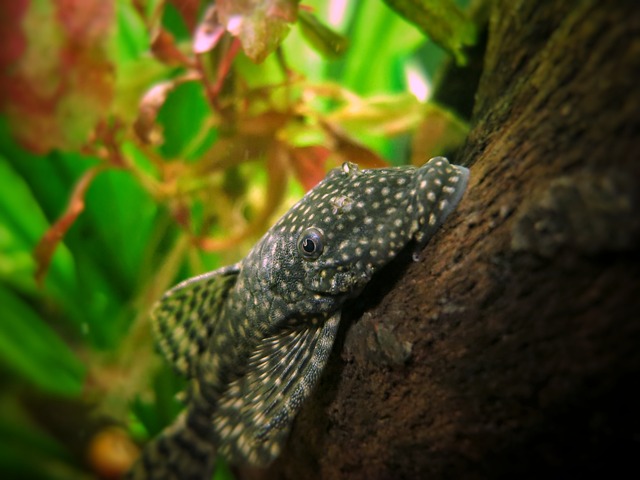
I highly recommend checking out our elaborate guide on feeding driftwood to plecos. It covers all the benefits.
Feeding vegetables to plecos
Properly feeding herbivorous plecos is essential to keep them free from disease and contamination. Vegetables are rich in fiber, vitamins, and minerals crucial for pleco health.
Always use fresh whole vegetables, preferably organic. Organic vegetables are safer because they contain almost zero agricultural chemicals and better nutritional quality.
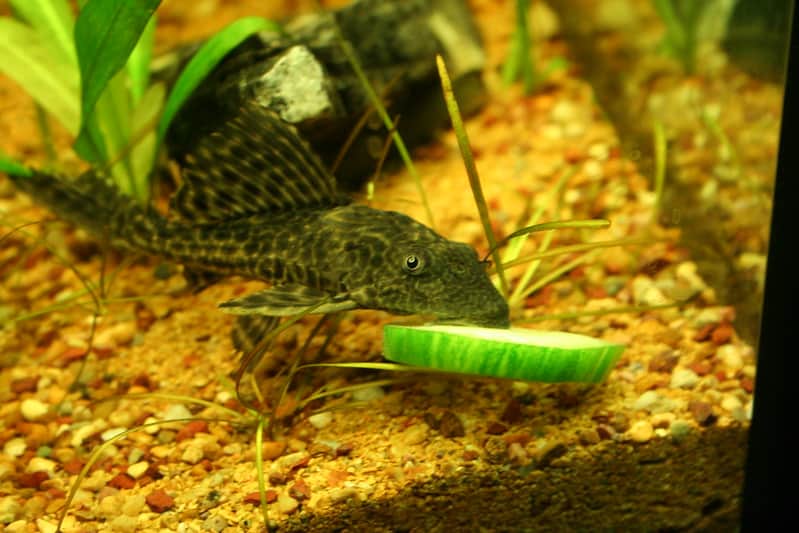
Vegetables that are hard, such as carrots and pumpkins, can be blanched. Use a clip or weight to keep the vegetables close to the bottom of the tank.
When cleaning before offering the vegetables to the plecos, only use running water and a brush, and do not use any product that can leave toxic residues. Always offer as many vegetables as possible, avoiding citrus fruits and fruits high in sugar.
Popular options include spinach, tomatoes, apples, zucchini, kale, and even eggplant.
Please check out our elaborate guide on feeding vegetables to plecos. It covers all the benefits and how to do it.
Frozen foods for plecos
When using frozen foods, the first step is to check that they are within the expiry date and have good visual quality.
Frozen vegetables should be avoided, as many contain abusive levels of pesticides and other unwanted substances.
If the vegetable you want to use is whole and free of preservatives, ensure to defrost it in an immersion bath before offering it to the plecos.
Many frozen foods of animal origin are available, such as biomass and some larvae.
Due to their size, these foods thaw almost instantly when in contact with aquarium water. Even so, you should proceed with a prewash in running water, already defrosting and cleaning any impurities that could end up in the aquarium.
Best foods for plecos: a list
1. Repashy gel foods
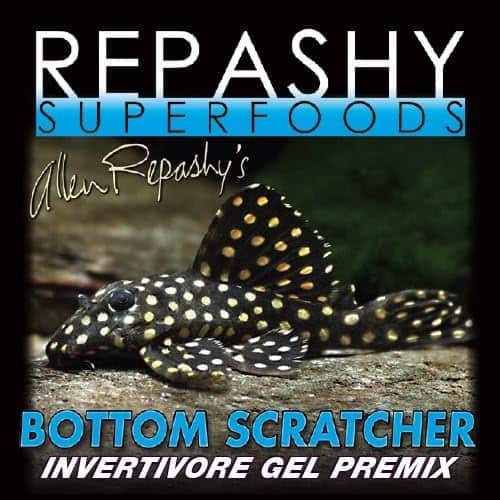
Repashy comes as a powder, but is meant to be fed in gel form. You can prepare it using boiling water and keep the gel in your fridge for a couple of weeks, or in the freezer for even longer.
The gel blocks can be cut as you wish and they will sink to the bottom, lasting there for up to 24h (meaning in comparison to other foods it lasts way longer and thus the chance on it degrading water quality is minimal.
I mostly use the bottom scratcher formula, which is great as a source of animal protein.
However, the community plus option is great as an all-round option (omnivores) and the soilent green is perfect for algae-eating plecos.
It isn’t the cheapest option (but imo, the best :)), however one jar contains a lot of powder and a lot of gel can be made out of the powder.
Check prices on Amazon:
2. Hikari carnivore pellets / algae wafers
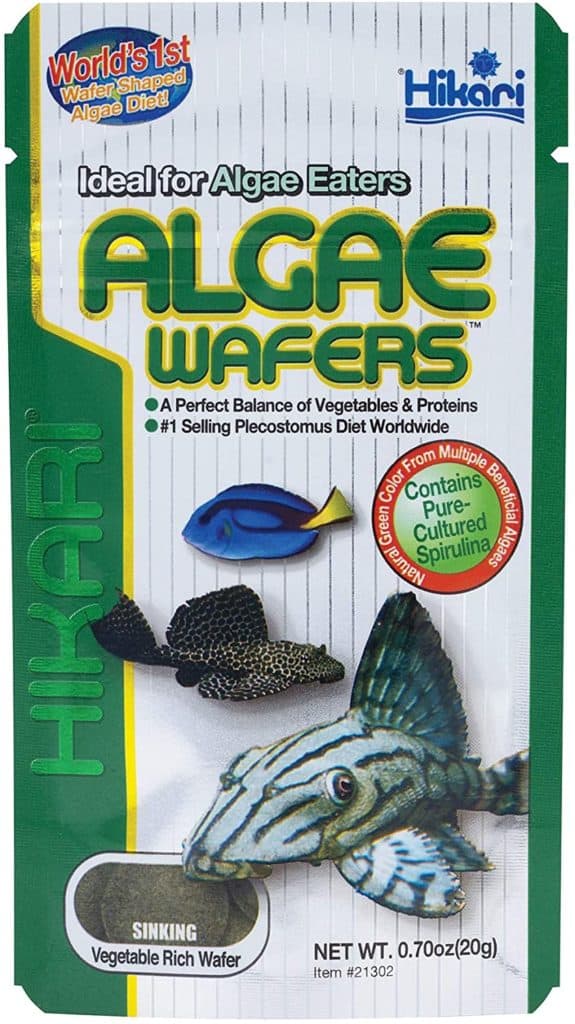
If you are looking for a pellet/wafer option, Hikari offers affordable yet quality options.
For plant-based foods, the algae wafers are great and plecos love them.
For meat-based foods, the carnivore pellet does the trick.
3. Fluval bug bites
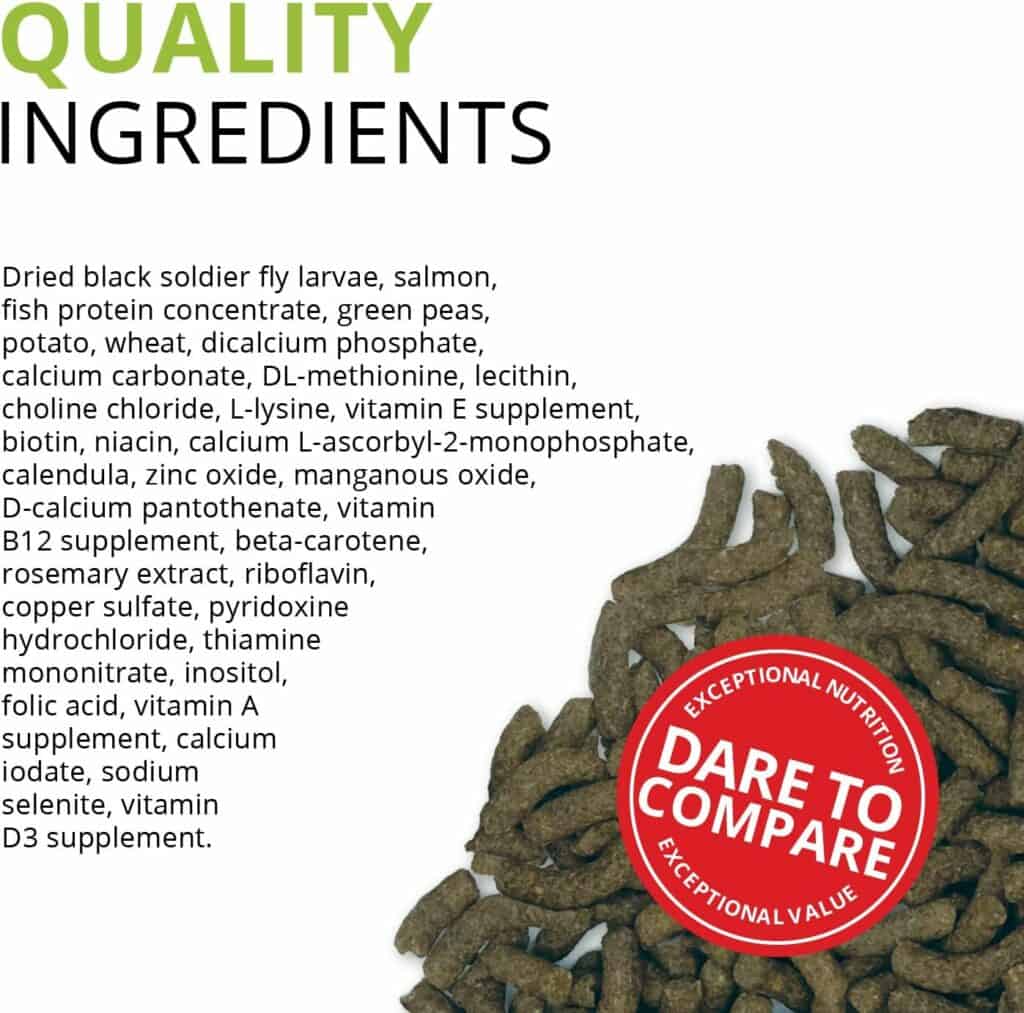
Fluval has created a special formula for plecos, named bug bites.
It’s mainly meat based, so should be given as a supplement to most species.
The team at Fluval has done a great job making sure all the useful vitamins are added to this food, making it a great option.
FAQ's about pleco feeding habits
Many species of herbivorous and omnivorous plecos are known to be algae eaters.
The dependence on algae varies between species. Some plecos are herbivore, and feed predominantly on algae, others are omnivores and will also feed on animal proteins and other foods.
Full article: Do plecos eat algae?
Some species of carnivorous plecos may eat other live fish, but generally, plecos are not predators, preferring to feed on dead fish.
Most species of plecos are more focused on feeding on algae, biofilm, larvae, and other foods. There are carnivores plecos, where only a few species may hunt by ambush. Most carnivore plecos will prefer other foods than live fish, although it can occur, mainly with fry.
Full article: Do plecos eat fish?
Some plecos may have a habit of gnawing or eating plants, especially if they are hungry. Other species are greedy and may sporadically pinch plants with softer leaves, but rarely cause damage.
This preference varies according to the species and conditions of the aquarium.
Herbivorous plecos are more likely to consume plants, especially if they don’t have access to proper plant foods. For herbivorous plecos, offering a plant-rich diet can help reduce the likelihood of eating live plants.
Full article: Do plecos eat plants?
Yes, some species of carnivorous plecos may feed on snails, which can be useful to control excessive populations.
As much as some carnivorous plecos can be used to control snails, they are hardly effective in ending the infestation. Finding the right pleco species to eat your snails can also be a difficult task.
Full article: Do plecos eat snails?

